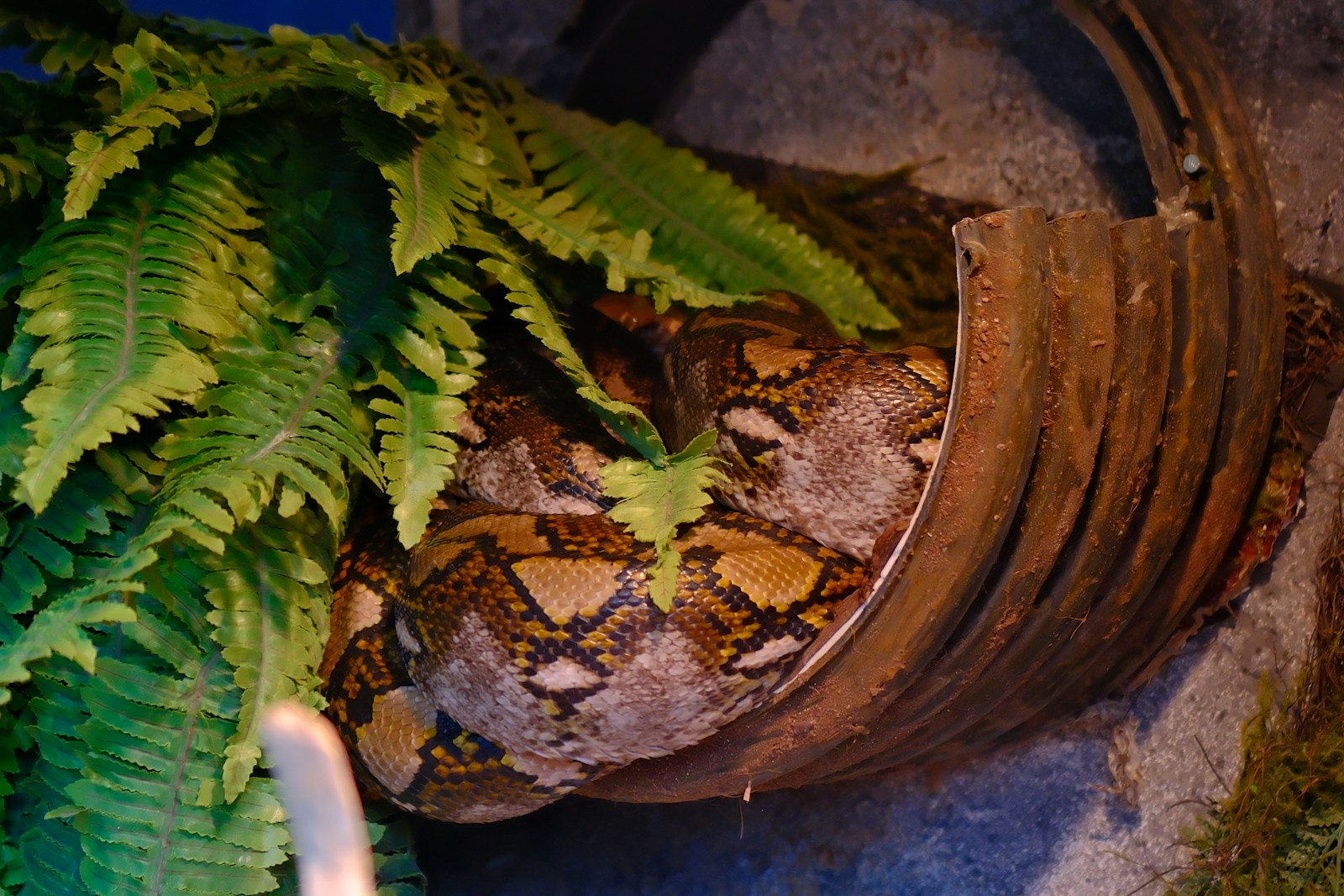In the hushed corridors of nature, few creatures have mastered the art of silence quite like snakes. These limbless reptiles glide across forest floors, desert sands, and jungle undergrowth with virtually no sound, becoming the ultimate embodiment of stealth. Their remarkable ability to move without detection has fascinated scientists, inspired engineers, and even influenced military tactics throughout human history. The snake’s silent progression represents one of evolution’s most elegant solutions to the challenge of hunting prey and avoiding predators. By examining how these remarkable animals achieve such ghostly locomotion, we can unlock secrets that have applications from robotics to human movement techniques. This exploration into serpentine stealth reveals not just biological marvels, but practical lessons that can enhance our understanding of efficient, quiet motion.
The Evolution of Silent Movement
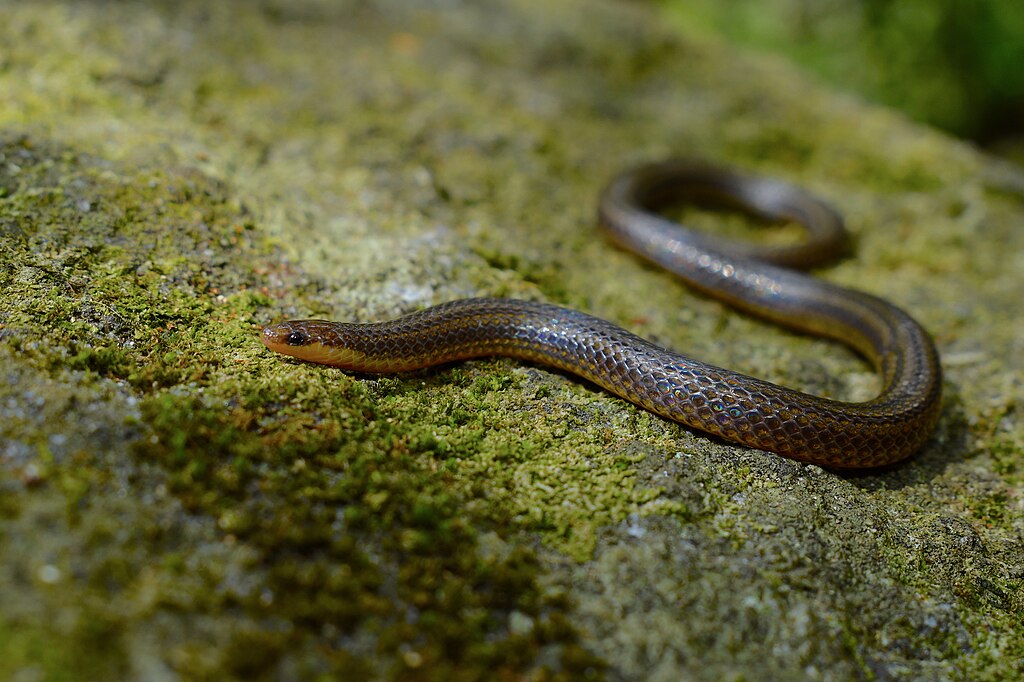
Snakes evolved their silent movement capabilities over millions of years as a survival adaptation essential to their predatory lifestyle. Unlike mammals that rely on padded feet to muffle sounds, snakes faced the evolutionary challenge of moving efficiently without limbs. This constraint led to the development of specialized scales and muscle structures that distribute weight and minimize friction against surfaces. Fossil records indicate that as snakes transitioned from lizard-like ancestors to their limbless form approximately 100 million years ago, they simultaneously developed these unique locomotion methods. The evolutionary pressure was clear: noisy snakes would alert prey and attract predators, while silent ones would survive to pass on their genes. This natural selection process refined their movement to such perfection that many species can approach prey close enough to strike without triggering even the most sensitive prey animals’ alert systems.
The Science Behind Scale Design
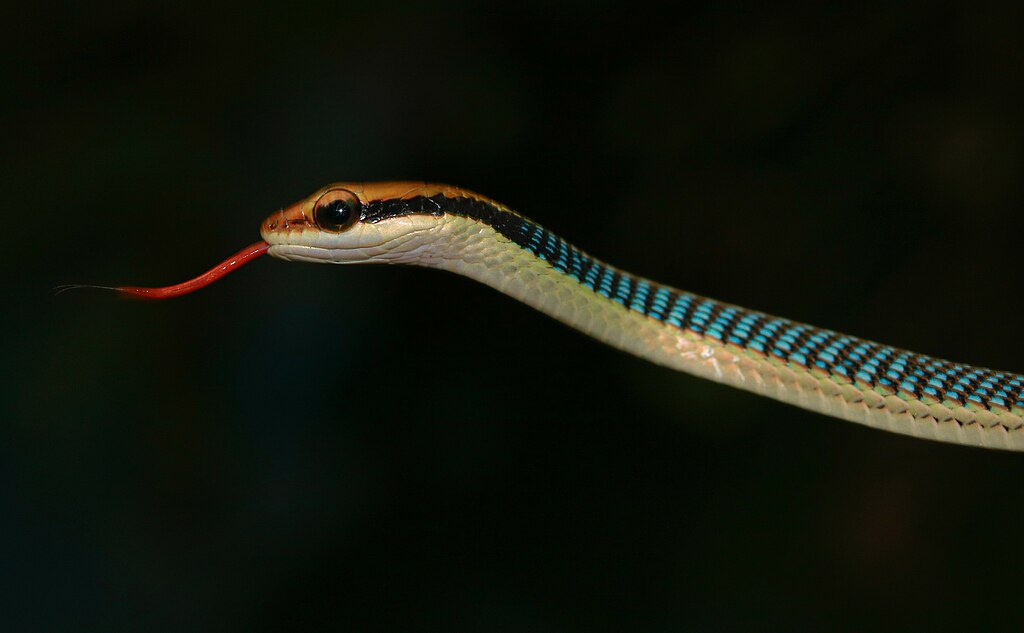
Snake scales represent an engineering marvel that significantly contributes to their silent movement. Each scale is precisely overlapped like roof shingles, creating a surface that minimizes friction while maximizing grip. The ventral scales (those on the snake’s belly) feature microscopic structures that reduce drag while simultaneously providing just enough traction to propel the animal forward. Electron microscopy studies reveal that these scales contain tiny ridges and channels that control contact with surfaces, effectively eliminating the scraping sounds that would otherwise occur. The material composition of the scales themselves—a specialized keratin similar to human fingernails but more flexible—provides durability while allowing necessary elasticity during movement. This combination of structural and material properties creates a natural sound-dampening system that engineers have struggled to replicate in synthetic materials.
Muscular Control and Weight Distribution
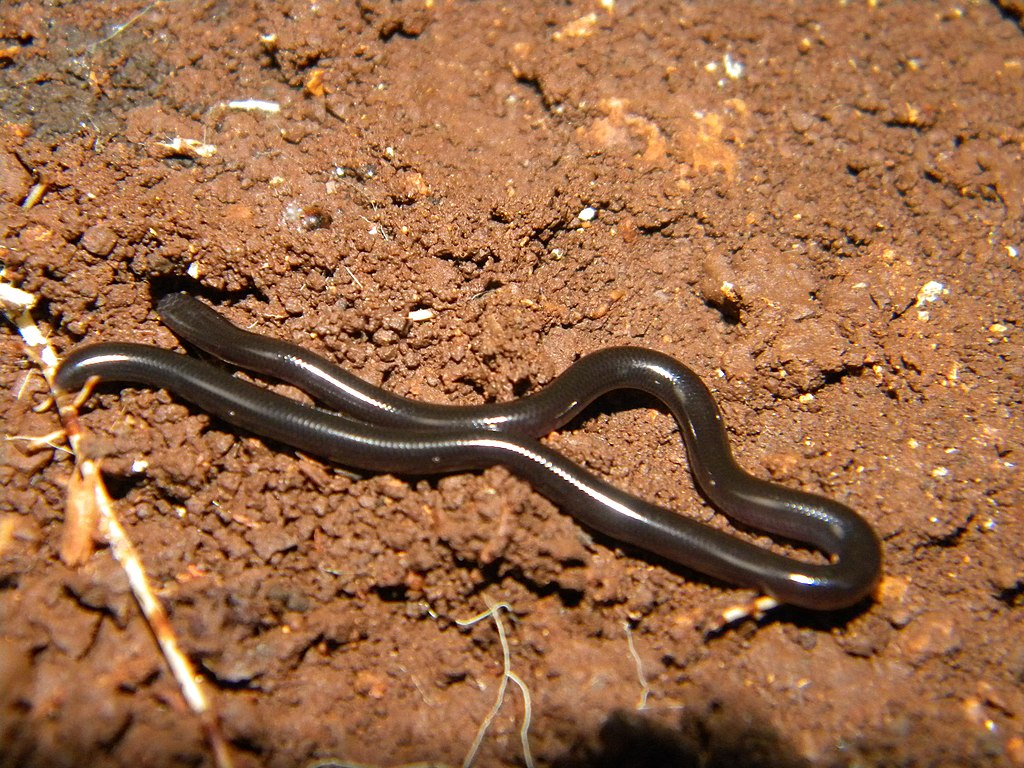
The snake’s extraordinary muscular system enables remarkably precise control over body positioning and weight distribution, critical factors in silent movement. Unlike humans who concentrate weight on feet, snakes distribute their mass along hundreds of vertebrae, spreading pressure evenly across the ground. Their specialized musculature contains thousands of small muscle bundles that can contract and relax independently, allowing for microscopic adjustments during movement. This fine control means snakes can navigate across even naturally noisy surfaces like dry leaves without creating detectable sounds. High-speed camera research has revealed that during movement, snakes subtly lift portions of their body to reduce contact pressure with the ground, similar to how a skilled burglar might tiptoe. The snake’s nervous system coordinates this complex muscular orchestra with such precision that they achieve a level of silent control that would require conscious effort from humans.
The Four Primary Movement Methods

Snakes have developed four distinct locomotion patterns, each specialized for different terrains while maintaining silence as a common feature. Serpentine movement, the classic S-shaped slithering, creates horizontal waves that push against surface irregularities for forward momentum with minimal sound generation. Rectilinear progression, used by larger species like pythons, involves the independent movement of ventral scales in a caterpillar-like fashion, allowing the snake to move in a straight line without lateral movement. Concertina locomotion, employed in tight spaces, involves the snake anchoring its rear while extending forward, then gripping with the front while pulling the rear forward—all executed with remarkable sound suppression. Finally, sidewinding, perfected by desert species, reduces body contact with hot sand by lifting loops of the body and placing them forward in a rolling motion that minimizes surface contact and noise. Each method demonstrates how snakes have optimized movement for both efficiency and stealth across dramatically different environments.
Sensory Compensation and Environmental Awareness
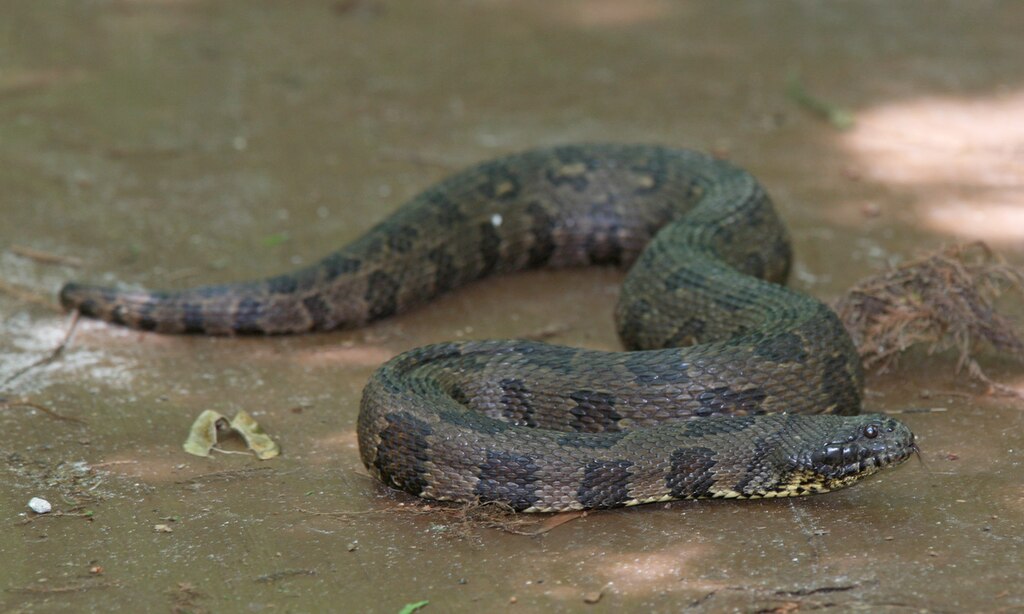
The snake’s ability to move silently is complemented by heightened sensory systems that create exceptional environmental awareness. Without the noise of their own movement to interfere, snakes can detect minute vibrations through their jawbones and skull, effectively “hearing” through ground contact. Many species possess highly specialized infrared heat-sensing pits that can detect temperature differences as small as 0.003°C, allowing them to track warm-blooded prey in complete darkness. Their exceptional olfactory system, which includes the vomeronasal organ accessed through their flickering forked tongue, provides detailed chemical information about their surroundings. These combined sensory capabilities create a comprehensive awareness of potential threats or prey, allowing snakes to adjust their movement patterns accordingly. By eliminating their own movement noise, snakes have essentially removed sensory interference that would otherwise compromise their ability to gather critical environmental information.
Biomimicry Applications in Robotics
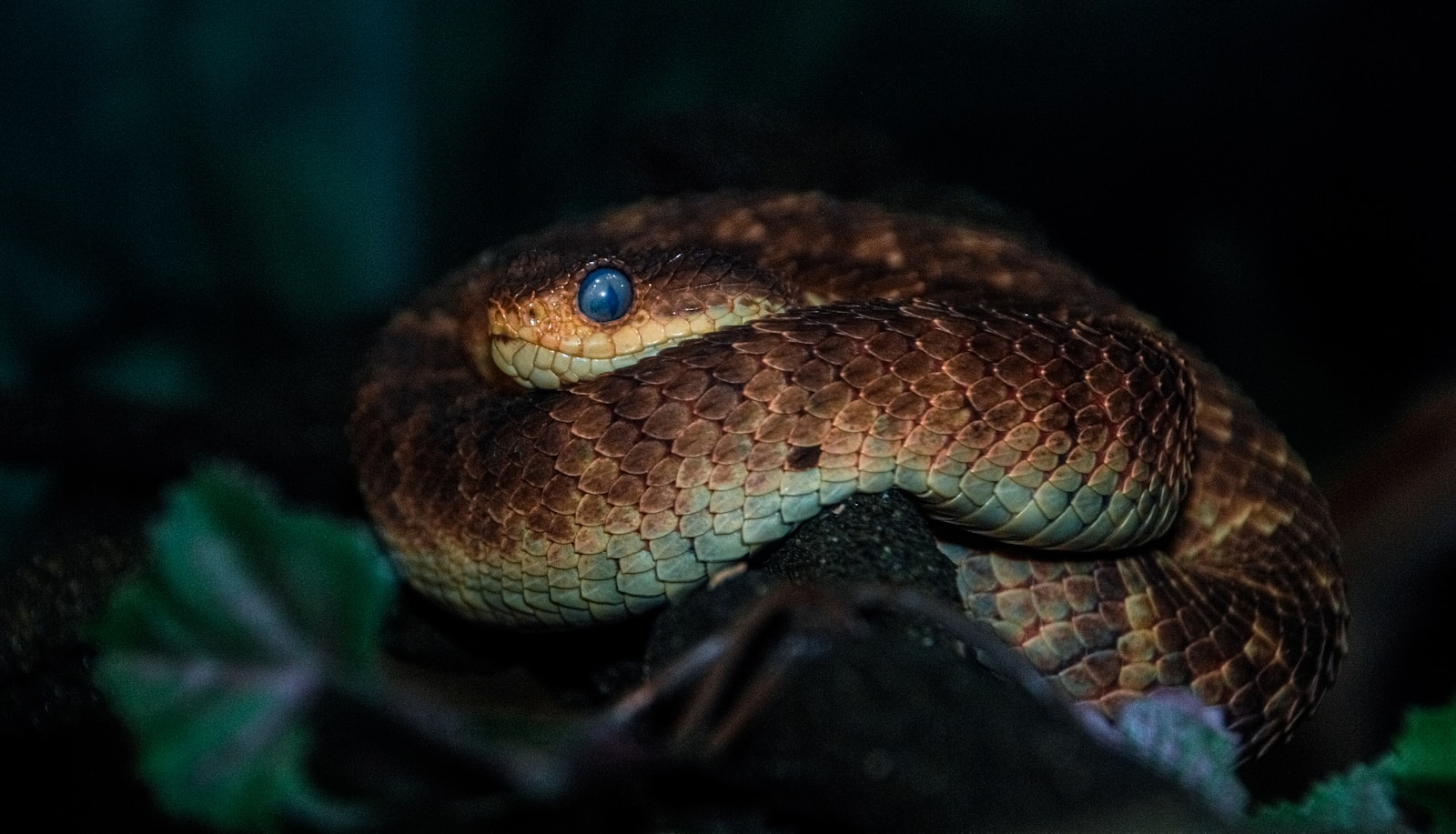
Engineers and roboticists have increasingly turned to snake locomotion as inspiration for specialized robots designed for search and rescue, exploration, and surveillance applications. Snake-inspired robots developed at institutions like Carnegie Mellon University and the Tokyo Institute of Technology utilize articulated segments with specialized friction surfaces that mimic ventral scales. These robots can navigate confined spaces and rough terrain with the same silent efficiency as their biological counterparts. The medical field has adopted similar designs for minimally invasive surgical tools that can navigate through the human body with minimal tissue disruption. Military applications include reconnaissance robots that can silently infiltrate difficult terrain while carrying cameras and sensors. Perhaps most impressively, NASA has investigated snake-inspired robot designs for planetary exploration, where their energy-efficient movement and ability to navigate complex landscapes make them ideal for extraterrestrial deployment in environments where conventional wheeled robots would struggle.
Military and Tactical Applications
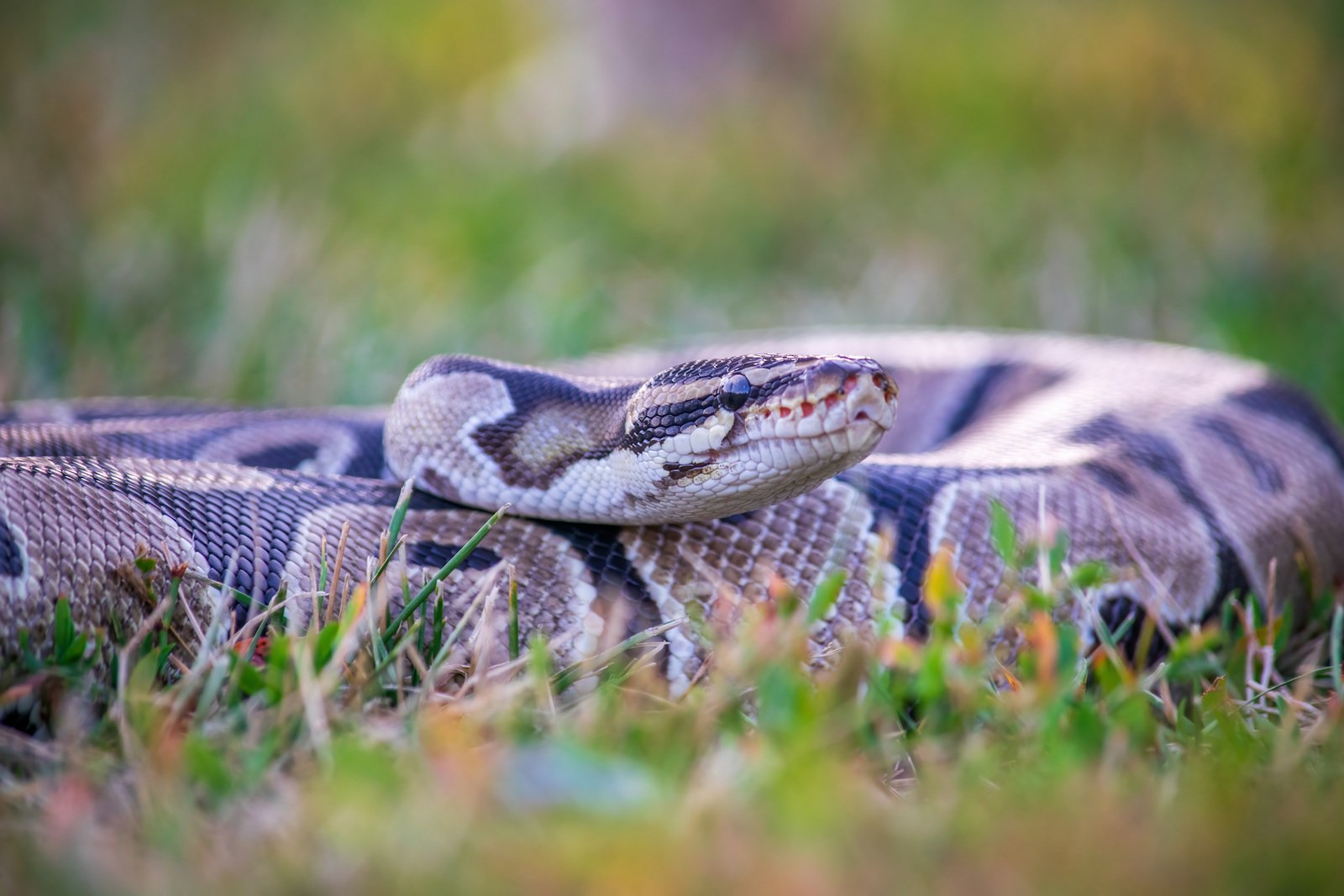
The snake’s silent movement principles have significantly influenced military training and tactics throughout history. Special forces units worldwide study and incorporate serpentine movement techniques when conducting stealth operations, learning to distribute weight and minimize friction just as snakes do naturally. The famous “snake crawl” technique taught in military training programs mimics how snakes maintain maximum body contact with the ground to reduce visible profile while using subtle muscular movements for forward progression. Modern combat uniforms incorporate fabrics with scale-like properties that reduce noise generated by friction between clothing materials. Even equipment design has been influenced by snake biomechanics, with weapon slings, backpack straps, and other gear modified to prevent the telltale sounds of equipment movement. The U.S. Navy SEALs and other elite units specifically train in snake-inspired silent movement techniques as part of their standard infiltration protocols, recognizing that in combat situations, auditory stealth can be as crucial as visual concealment.
Cultural and Historical Significance
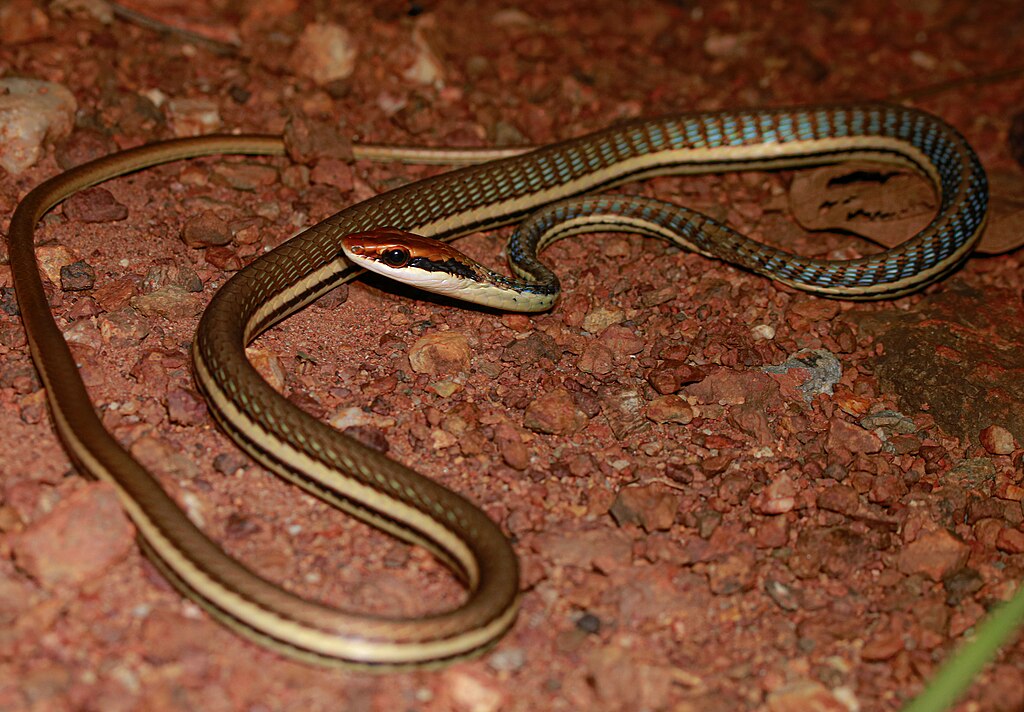
Throughout human history, the snake’s silent movement has embedded itself deeply in cultural symbolism and folklore, often representing both danger and wisdom. Ancient Egyptian hieroglyphs depicted serpents in association with stealth and cunning, while in Greek mythology, Hermes’ caduceus staff wrapped with serpents symbolized cleverness and silent power. Traditional martial arts systems like Snake Kung Fu developed in China specifically mimic the reptile’s fluid, silent movements to overcome larger opponents through speed and precision rather than force. Indigenous tracking traditions from the Americas to Australia incorporate knowledge of snake movement patterns to teach hunters how to approach prey without detection. Legendary ninja techniques from feudal Japan include “snake walking” methods designed to minimize footfall sounds when infiltrating enemy compounds. This cross-cultural recognition of the snake’s movement mastery demonstrates how deeply these animals have influenced human understanding of stealth across civilizations and throughout millennia.
Energy Efficiency Principles
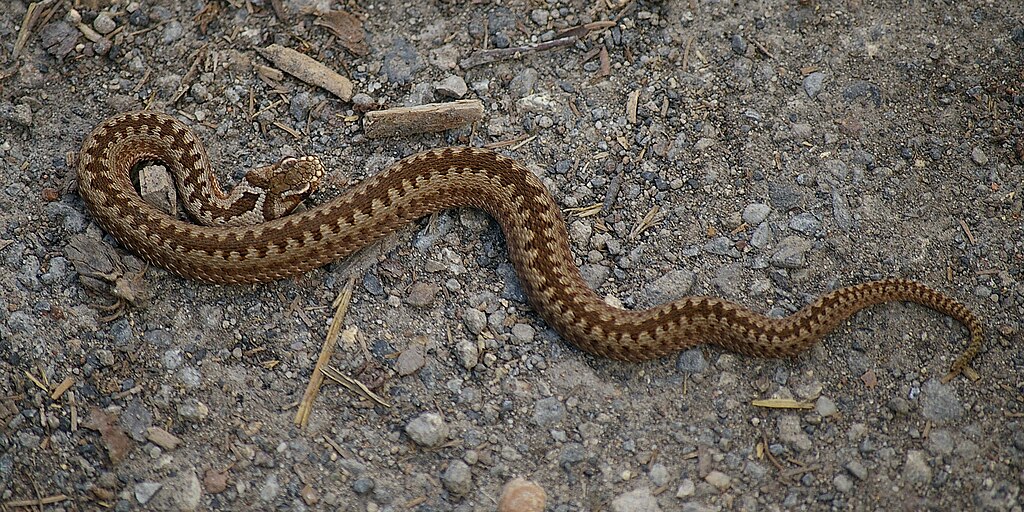
The snake’s silent movement is inextricably linked to remarkable energy efficiency, offering valuable lessons for human applications in conservation and sustainability. Studies have shown that snakes use significantly less energy per unit of distance traveled compared to limbed animals of similar mass, with some species capable of traveling kilometers while using minimal caloric resources. This efficiency stems from their elimination of the energy-intensive lifting and placing of limbs, instead using subtle muscular contractions that progressively shift their center of gravity forward. The snake’s movement efficiency has inspired vehicle design principles, with engineers studying how to reduce energy consumption in transportation systems through smoother, more continuous motion patterns. Wearable technology developers have incorporated snake-inspired biomechanics into prosthetic limbs and exoskeletons to reduce the energy expenditure of movement for users. Even architectural ventilation systems have adopted serpentine principles to move air through buildings more efficiently with reduced noise generation, demonstrating how widely applicable these biological lessons can be across different fields.
Surface Adaptation Techniques
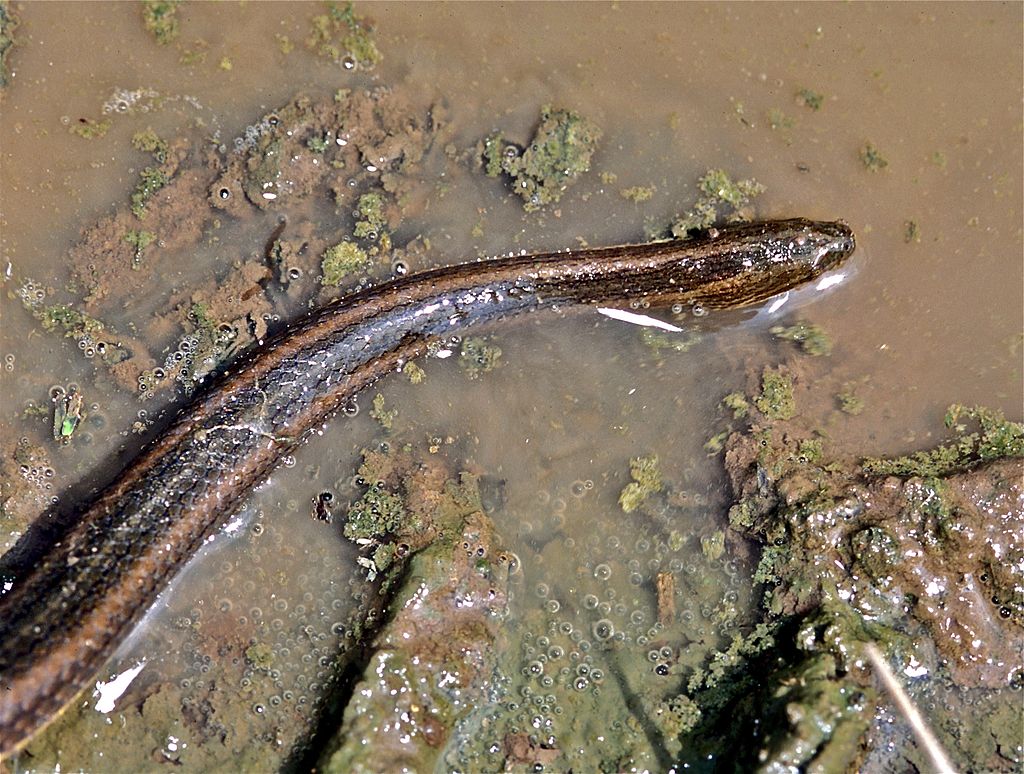
One of the most remarkable aspects of snake movement is their ability to adapt silently to radically different surface types without specialized equipment. On loose sand, species like the sidewinder rattlesnake adjust their scale angles and body positioning to prevent granular displacement that would create noise. When traversing rocky terrain, many snakes increase body rigidity and use their scales as micro-gripping surfaces to prevent slippage and the resultant sound of scraping. In water, aquatic species employ specialized swimming techniques that minimize surface disruption and underwater turbulence, allowing them to approach prey without creating telltale ripples or bubbles. Even on seemingly impossible surfaces like vertical glass, some species can climb using minute muscular contractions that create suction effects between their ventral scales and the smooth surface. Human applications of these adaptation principles include specialized footwear with adaptive tread patterns and tactical climbing equipment designed to minimize noise generation across variable terrain.
Breathing and Movement Coordination
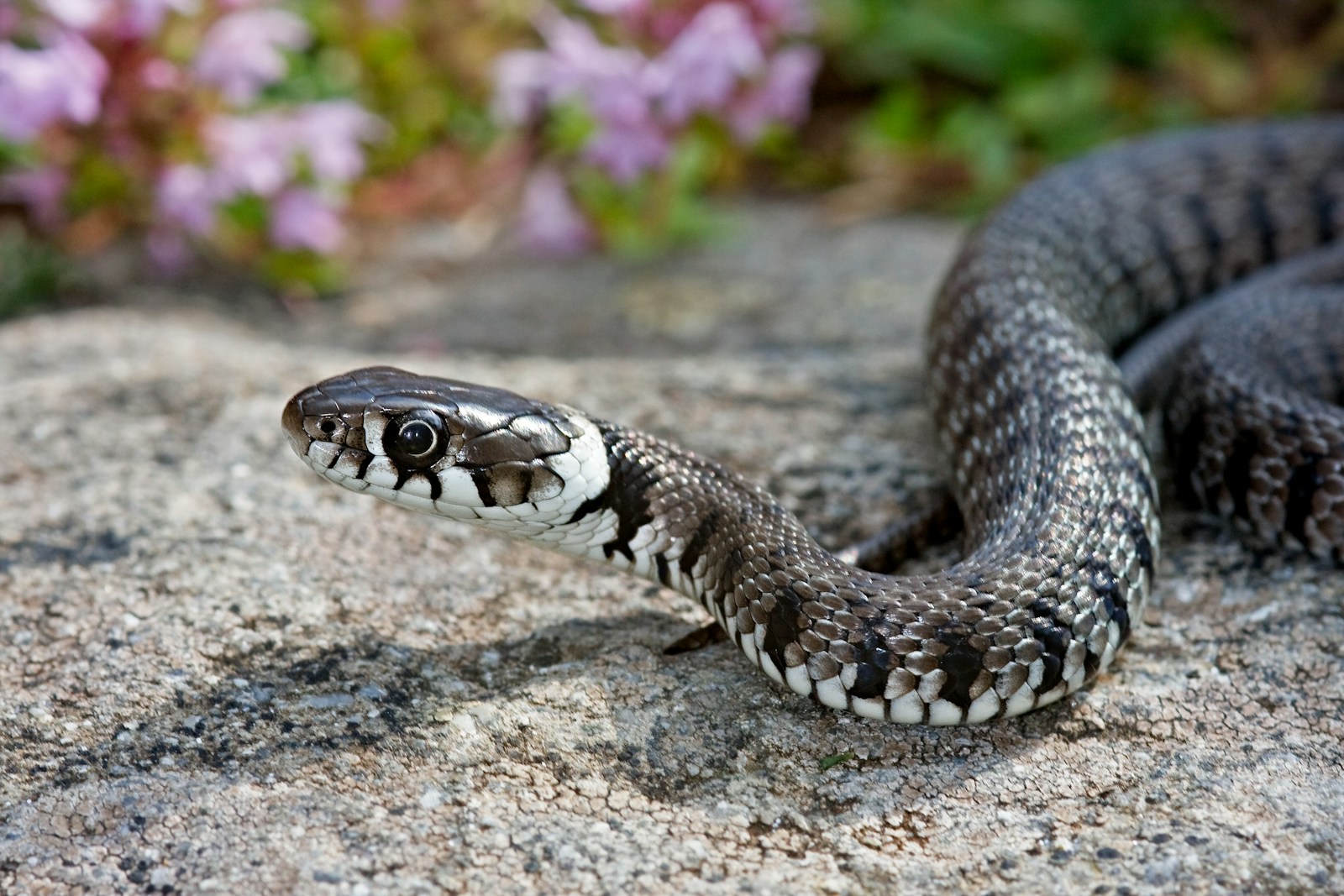
Snakes have developed sophisticated coordination between respiration and locomotion that contributes significantly to their silent movement capabilities. Unlike mammals whose breathing often synchronizes with limb movements (creating predictable sound patterns), snakes can completely decouple their breathing from their movement cycle. This adaptation allows them to hold their breath during crucial moments of stalking prey or avoiding detection, eliminating respiratory sounds entirely. Their specialized lung anatomy—with the front portion used for gas exchange and the rear section functioning as an air reservoir—supports this ability to move without breathing for extended periods. High-speed videography has revealed that snakes often time their inhalations to coincide with moments when their body is stationary, further reducing movement-associated sounds. Human applications of these principles appear in specialized military and hunting breathing techniques, where practitioners learn to control their respiratory cycle independent of their movement pattern to reduce detection.
Teaching Human Movement Techniques
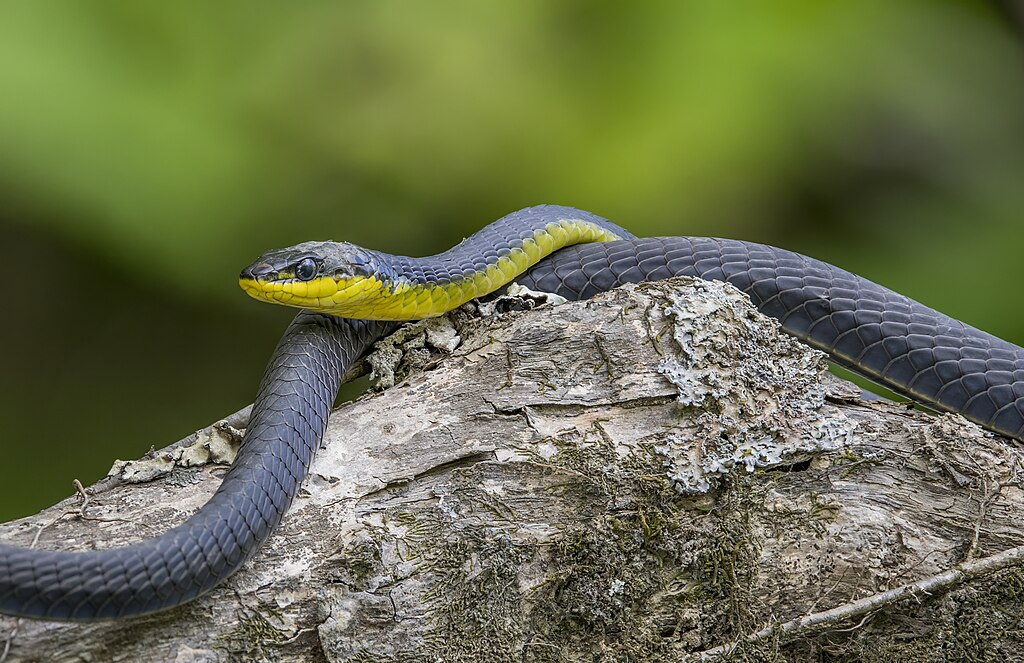
The principles of snake locomotion have been formalized into human movement techniques across various disciplines requiring stealth and efficiency. Professional trackers and wildlife photographers study snake movement to develop “fox walking” techniques that minimize ground impact sounds when approaching sensitive wildlife. Martial arts systems incorporate snake-inspired weight shifting and ground connection principles to improve practitioner balance and reduce telegraphing of movements during combat. Dance forms like contemporary and certain tribal traditions utilize serpentine spinal articulation to create fluid, controlled movement qualities that maximize expression while minimizing extraneous motion and sound. Physical therapists have even developed rehabilitation protocols based on snake movement patterns to help patients recover proprioception and smooth movement capability after injuries. These human adaptations demonstrate how closely studying the fundamentals of snake locomotion can enhance human movement quality across diverse fields from arts to athletics to therapeutic applications.
Future Research and Applications
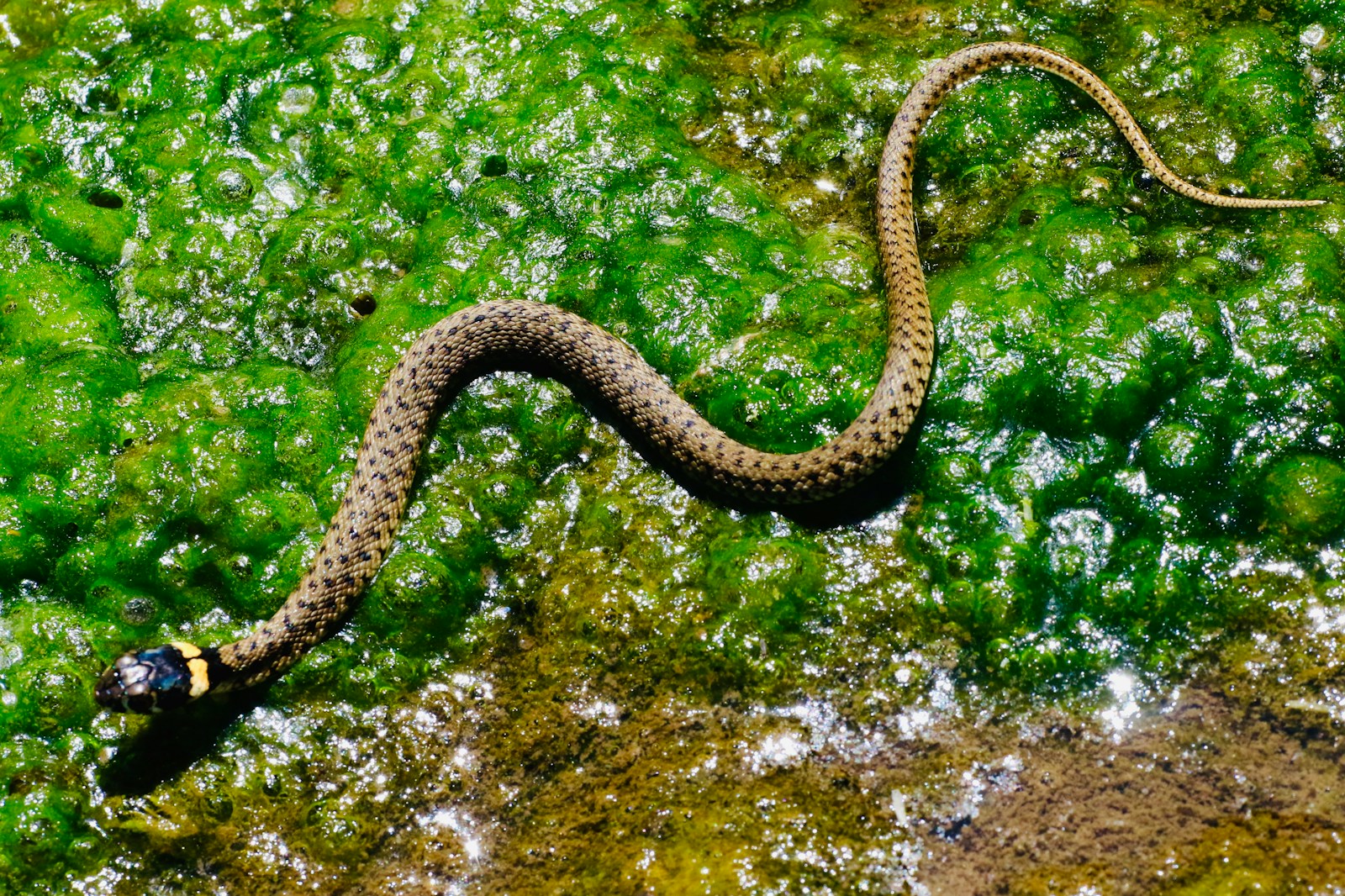
The frontier of snake movement research continues to expand, promising exciting applications across multiple fields. Biomechanical engineers are currently developing new materials that mimic the microscopic structures of snake scales, potentially creating fabrics and surfaces with unprecedented noise-reduction properties. Medical researchers are applying snake movement principles to next-generation endoscopic devices that can navigate the human digestive tract with minimal tissue disturbance and maximal maneuverability. Space exploration programs are investing in snake-inspired robotics that could one day navigate the challenging terrains of Mars or the moon while consuming minimal power. Acoustic scientists are studying how the snake’s body shape and movement patterns naturally dampen sound waves, potentially leading to new noise-cancellation technologies. Perhaps most intriguingly, neuroscientists are investigating how the snake’s neural control systems coordinate such complex movement with minimal computational power, potentially offering insights for more efficient artificial intelligence systems in the future.
The silent passage of snakes through their environment represents one of nature’s most refined examples of evolutionary engineering. From their specialized scales to their precisely controlled musculature, these remarkable reptiles have perfected the art of noiseless locomotion through millions of years of adaptation. The principles they demonstrate—energy efficiency, weight distribution, surface adaptation, and sensory integration—offer valuable lessons that extend far beyond biological curiosity. As we continue to study and apply these natural designs to human challenges in fields ranging from robotics to military tactics to medical technology, we gain appreciation for the elegant solutions that evolution has already perfected. In a world increasingly filled with mechanical noise and movement inefficiency, the silent snake reminds us that sometimes the most sophisticated engineering solutions come wrapped in scales rather than circuitry—a quiet testament to the innovation that emerges when survival depends on silence.

